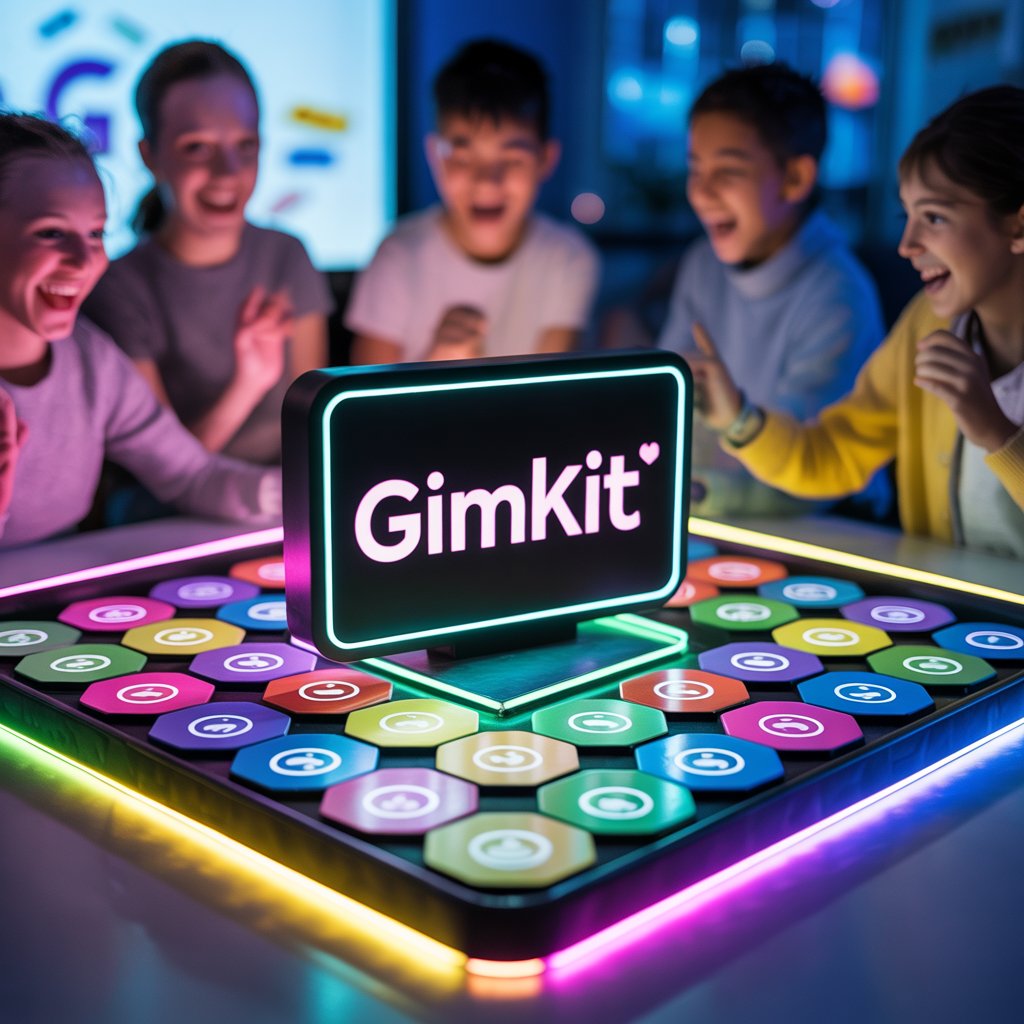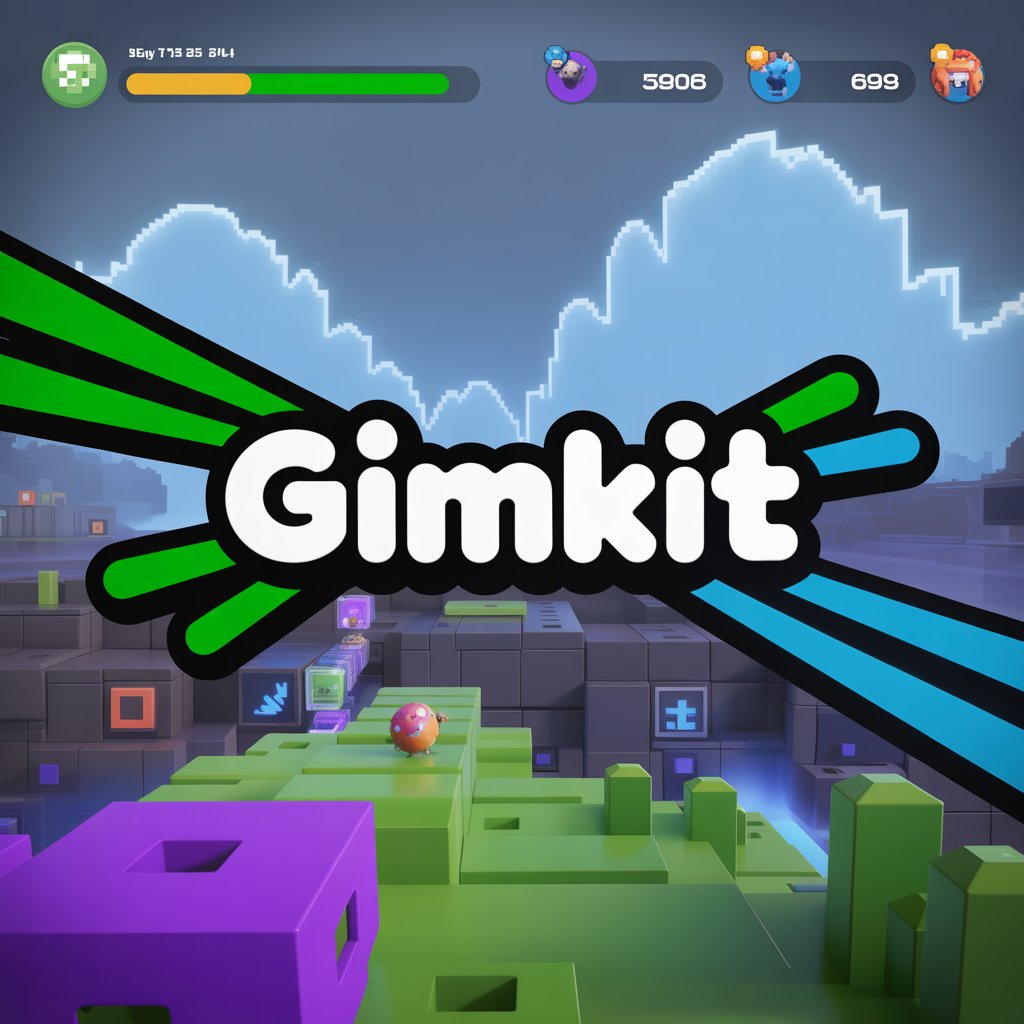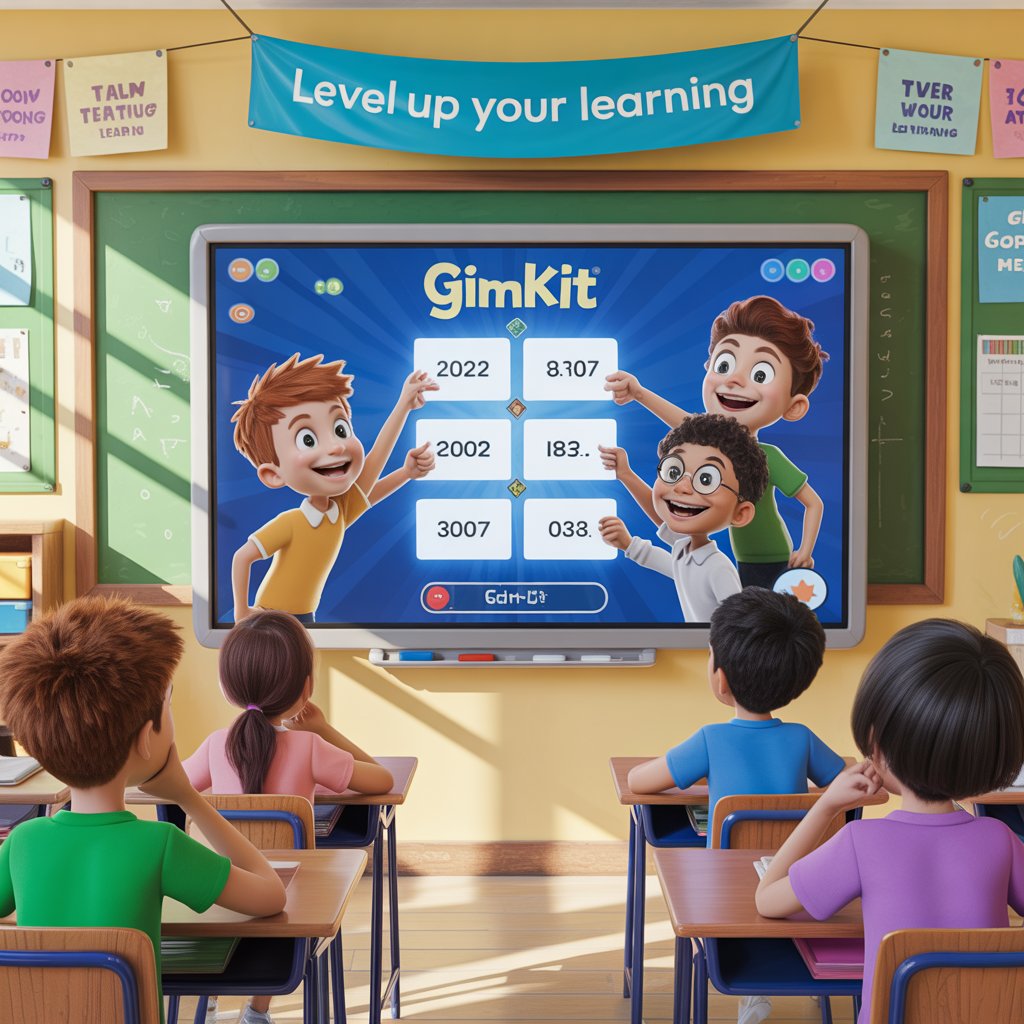Dynamic learning and game-based learning are some of the new tools of learning that have gained relevance in present-day classrooms. These methods make passive learning dynamic since they encourage students to be active learners. Among the most notable in the category is Gimkit Creative, a game-based learning platform developed by a high school student and popular among educators due to its distinct union of quizzes and strategy.

More recently, Gimkit created Gimkit Creative, a powerful mode that enables you to create fully customized educational games. In this guide, we discuss the ways to use Gimkit Creative so that educators and creators can prepare immersive, subject-specific learning materials to provide learners of any grade with the most engaging learning experiences.
Understanding Gimkit Creative and Its Evolution
Gimkit is a game and learning tool that lets students take real-time quizzes and gain in-game coins based on getting answers correct. It was created to increase participation in the classroom through its KitCollab (which enables students to develop questions), live feedback, and competitive modes.
Gimkit, a high school product, focuses on student control of learning and interaction. It is also successful because of the gamification, reward system, immediate feedback, and peer competition, which trigger motivation and retention. Learners can learn without getting out of the game, and teachers are able to monitor development.
The need to have more personalized learning experiences prompted the emergence of Gimkit Creative. In stark contrast to this and the traditional Gimkit quiz, which is centred on Q&A gameplay, is the Creative mode, which allows users to create their interactive maps and their own dynamics of the game.
This brings opportunities to more immersive and explorative learning, like in platforms such as Roblox or Minecraft Education. It changes the mode of taking quizzes to creating an entire game that combines content knowledge, creativity, and problem-solving abilities.
Getting Started with Gimkit Creative
Accessing Creative Mode
To open the Creative Mode in Gimkit, log in to your account and navigate to the main dashboard to find and select the option of creating something.
Here we will click on the New Project to begin to build. Creative Mode runs in the web browser; thus, there is no software to download. It is advisable to use a desktop or laptop to get the most out of the editing process.

Project Types and Templates
Gimkit Creative has a variety of project types, such as classic quiz projects, mini-games projects or interactive lesson projects. You may begin it on a blank basis or use the templates, which are easily customizable. The use of templates comes with ready-made mechanics, maps and game rules, and saves time and effort.
When it comes to crafting a review game or an educational adventure, the right project or template will not only make your content structured because it will be arranged efficiently, but also allow you to concentrate on its creation, rather than on creativity and learning purposes.
Pro-Tips on Designing Your First Interactive Kit
Setting Learning Goals
Set specific expectations for the education before the construction of a centre. Whether it is improving math fluency, spelling vocabulary retention, or strengthening historical timelines, the game should be purpose-specific.
Tag the activities to the cognitive level using Bloom’s Taxonomy, i.e., remembering facts, understanding concepts, applying knowledge to problems and producing solutions. This framework allows for the implementation of an action plan that makes the game valuable in enhancing both basic and critical thinking. Good learning outcomes make your game focused, measurable and educationally effective.
Mapping Out Your Game Flow
There is a systematic gameplay through which the learners are assisted. First of all, schedule the major surroundings: a fascinating beginning, middle positions of testing what you have learned, and a stated emphasis. Take advantage of storyboarding to structure the voyage of the player and route the learning points and transitions.
The flowcharts and logic diagrams make it easier to determine decision points, loops and dependencies, and thus, development becomes easier. The step makes certain that your game is not only intuitive and balanced, but also corresponds with the learning goals. An intuitive flow has a smooth and inspiring process.
Adding Educational Content
Good content makes the game playing a matter of significance. Add assignments, games, and exercises to the session to loop learning. There should be question formats of all kinds: several choices to remember, actual/false questions to identify concepts, and fill-in-the-blank questions to work on in more depth.
Format also helps in maintaining interest and accommodating the different learning styles. Difficulty level: Make sure tasks are not too complex, do not frustrate them, or they might get bored. Considerable content is well incorporated to make your interactive kit one that is fun but also has an educational effect.
Best Practices for Educators and Facilitators
Learner creation of Gimkits encourages participation, ownership and peer instruction. Game designing also promotes a better grasp of content and enhances creativity. The strategy can be used in any subject, bringing relevance to how to get ideas together. Combining several subjects in the course of game design gives students collaboration and critical thinking skills, and learning is dynamic and student-centred.
Classroom use requires that timing, pace, and energy are maintained. Evaluate learning using game outputs, classroom discussions or introspections. Key: group management. Students should be organised in groups of different levels of skills, roles should be changed, and all students should be provided with clear expectations and managed to enable equitable and effective gameplay experiences.

Conclusion
Gimkit Creative is the tool that enables teachers to get students engaged in active and exciting learning journeys. Making traditional lessons more immersive games involves the students in a way that helps to arouse curiosity and enrich their knowledge.
It is this platform where experimentation is encouraged, creativity, and a student-centred approach, where learners can control their educational path. The possibilities to customise and collaborate are available, and educators will be able to create any experience that each student will be interested in.
FAQs: Common Questions People Often Ask
Q1: Is Gimkit Creative free to use?
A: Gimkit offers a free tier, but Creative mode may require a Gimkit Pro subscription for full access to all features.
Q2: Can students create their games in Gimkit Creative?
A: Yes! Students with the correct permissions can design and share their own interactive experiences, which fosters creativity and critical thinking.
Q3: Do I need coding knowledge to use Gimkit Creative?
A: No coding required. The logic system is visual and beginner-friendly, designed for educators and students alike.
Q4: Can I align my Creative game with academic standards?
A: Absolutely. You can embed questions and tasks that directly align with Common Core, NGSS, or other standards.
Q5: How can I measure student learning from Gimkit Creative experiences?
A: Track progress through in-game data, use quizzes, or have students reflect and present what they’ve learned post-game.

